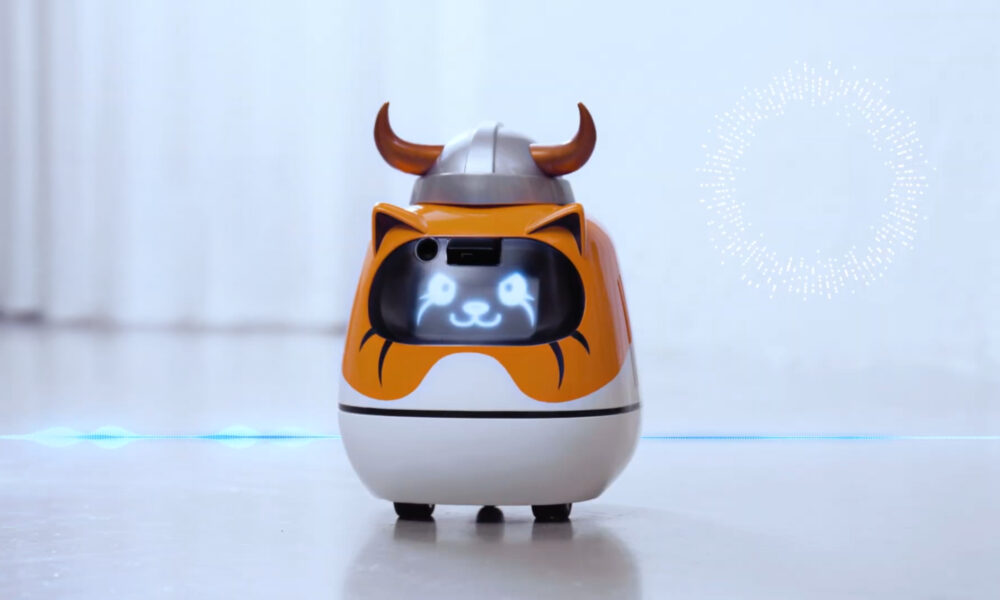Modern vehicles come equipped with various sensors and warning lights on the dashboard to alert drivers about potential issues. While these dashboard warnings are essential for vehicle safety, they can be intimidating if you’re unsure about what they mean and how to respond. That’s where TitanFreak comes in. In this article, we’ll provide you with expert guidance on understanding and addressing common dashboard warning lights, ensuring that you can hit the road with confidence and peace of mind.
The Importance of Dashboard Warnings
Dashboard warning lights are like your car’s built-in communication system. They are designed to keep you informed about your vehicle’s condition and alert you to any problems that require attention. Here’s why understanding these warnings is crucial:
What Are the Most Common Dashboard Warning Lights?
- Check Engine Light: This is one of the most common dashboard warning lights. It can indicate various issues, from minor to significant engine problems.
- Battery Light: If this light comes on, it could mean your battery is not charging correctly, which may lead to starting problems.
- Oil Pressure Light: This light warns you about low oil pressure, which can result in engine damage if not addressed promptly.
What Should I Do When the Check Engine Light Comes On?
The check engine light can be triggered by a range of issues, from a loose gas cap to a more serious engine problem. Here’s what you should do:
- Check Your Gas Cap: Sometimes, a loose or improperly sealed gas cap can trigger the light. Ensure it’s tightly secured, and the light may turn off after a few drive cycles.
- Check for Other Symptoms: Pay attention to how your car is running. If it’s driving normally and you don’t notice any unusual sounds or smells, the issue may be minor. However, if you notice performance problems, it’s best to have it inspected by a mechanic.
- Get a Diagnostic Scan: Visit an auto parts store or a mechanic to have a diagnostic scan performed. They can retrieve trouble codes from your vehicle’s computer, pinpointing the issue more accurately.
Why Is the Battery Light On?
When the battery light comes on, it indicates a potential problem with your vehicle’s charging system. Here’s a step-by-step approach:
- Check the Battery Terminals: Ensure the battery terminals are clean and tightly connected. Corrosion or loose connections can cause charging issues.
- Inspect the Drive Belt: A worn or loose drive belt may not properly turn the alternator, affecting the charging system. If the belt appears damaged or loose, have it replaced.
- Battery Test: If the above checks don’t resolve the issue, have your battery tested. It may be reaching the end of its lifespan and require replacement.
Conclusion:
Dashboard warning lights are your car’s way of communicating potential issues. Understanding their meanings and knowing how to respond can make a significant difference in your safety and the health of your vehicle. TitanFreak’s dashboard warning tips are designed to empower you with knowledge and confidence on the road. Remember that when in doubt or if the warning persists, it’s always wise to seek professional assistance to ensure your vehicle remains in top condition, and you can drive safely with peace of mind.





























